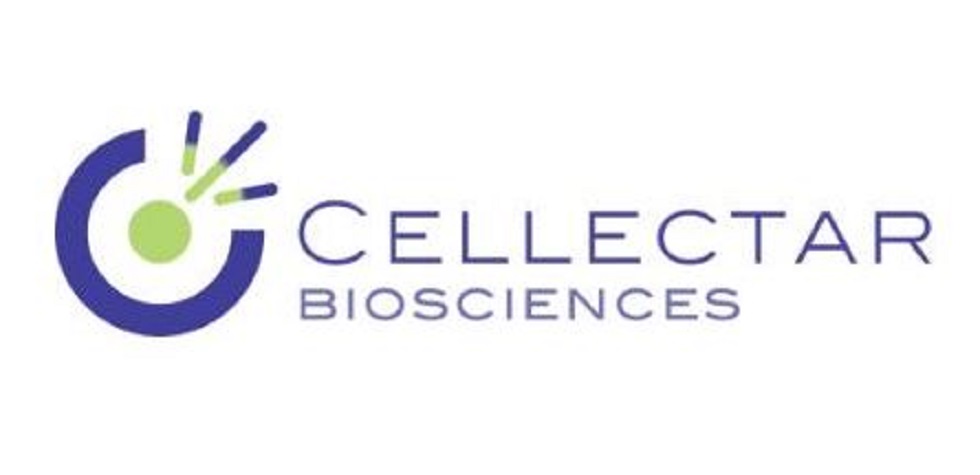
21 Mar Cellectar Biosciences Further Deepens Intellectual Property Portfolio with Patent Grant for PET Imaging PDC
MADISON, Wis., March 21, 2017 (GLOBE NEWSWIRE) — Cellectar Biosciences, Inc. (Nasdaq:CLRB) (the “company”), an oncology-focused, clinical stage biotechnology company, today announces the United States Patent and Trademark Office has granted a method of use patent for CLR 124, the company’s cancer imaging agent, which utilizes Cellectar’s proprietary phospholipid drug conjugate (PDC) delivery platform.
The recently issued patent, #9,579,406, titled “Phospholipid Ether Analogs as Agents for Detecting and Locating Cancer and Methods Thereof,” outlines the use of CLR 124 in PET imaging to detect radiation-insensitive or chemotherapy-insensitive cancers and cancer metastases. Importantly, the patent also provides coverage for the use of CLR 124 in identifying the location of these cancers or cancer metastases specifically within an organ or tissue in a patient. This patent is a continuation-in-part of a previous patent application, #10,906,687, which has resulted in three previously issued patents. The current patent provides intellectual property protection through March 2, 2025.
“This patent further demonstrates the utility of our PDC delivery platform to effectively provide cancer targeting for both therapeutic and diagnostic oncologic payloads, potentially allowing for more effective treatment, regardless of the modality,” said Jim Caruso, president and CEO of Cellectar. “We remain focused on developing our therapeutic assets, specifically CLR 131, for the treatment of multiple myeloma and other hematologic malignancies. However, the potential of the platform provides significant opportunity in a variety of clinical applications.”


Sorry, the comment form is closed at this time.